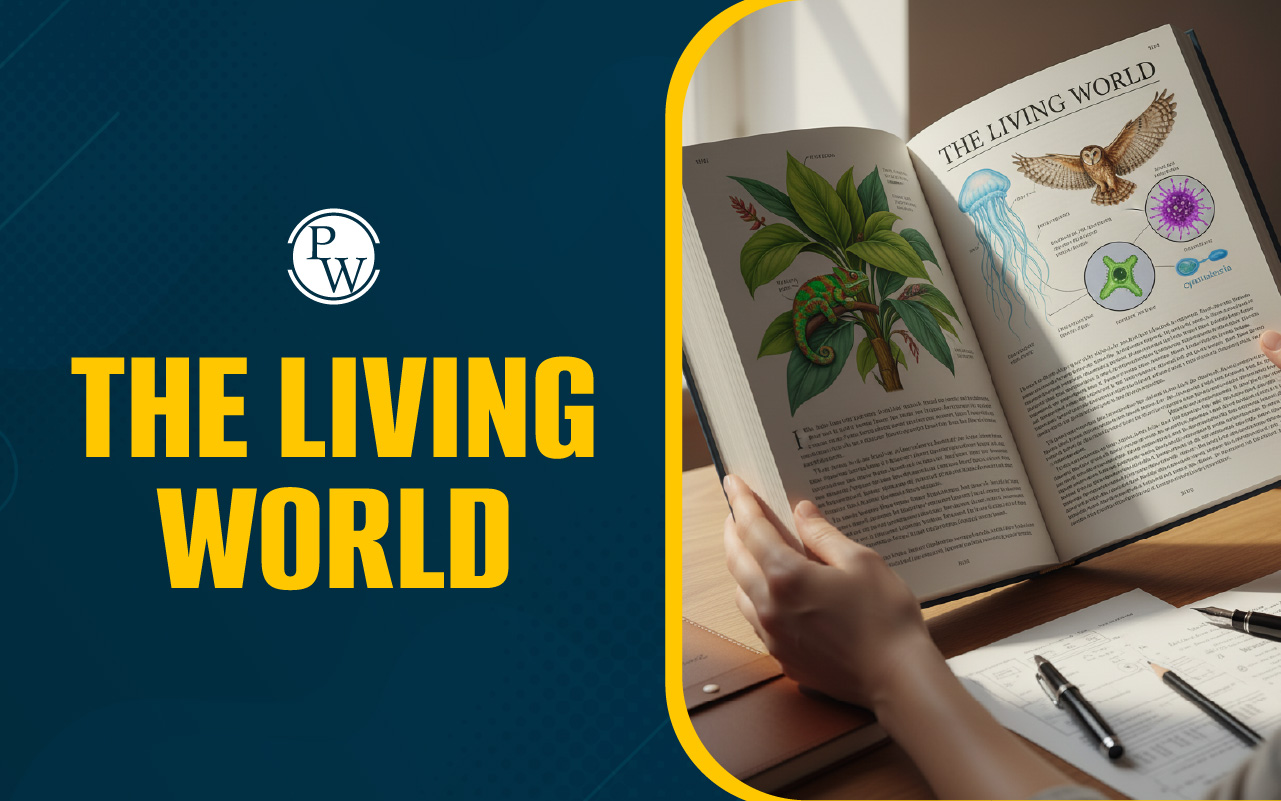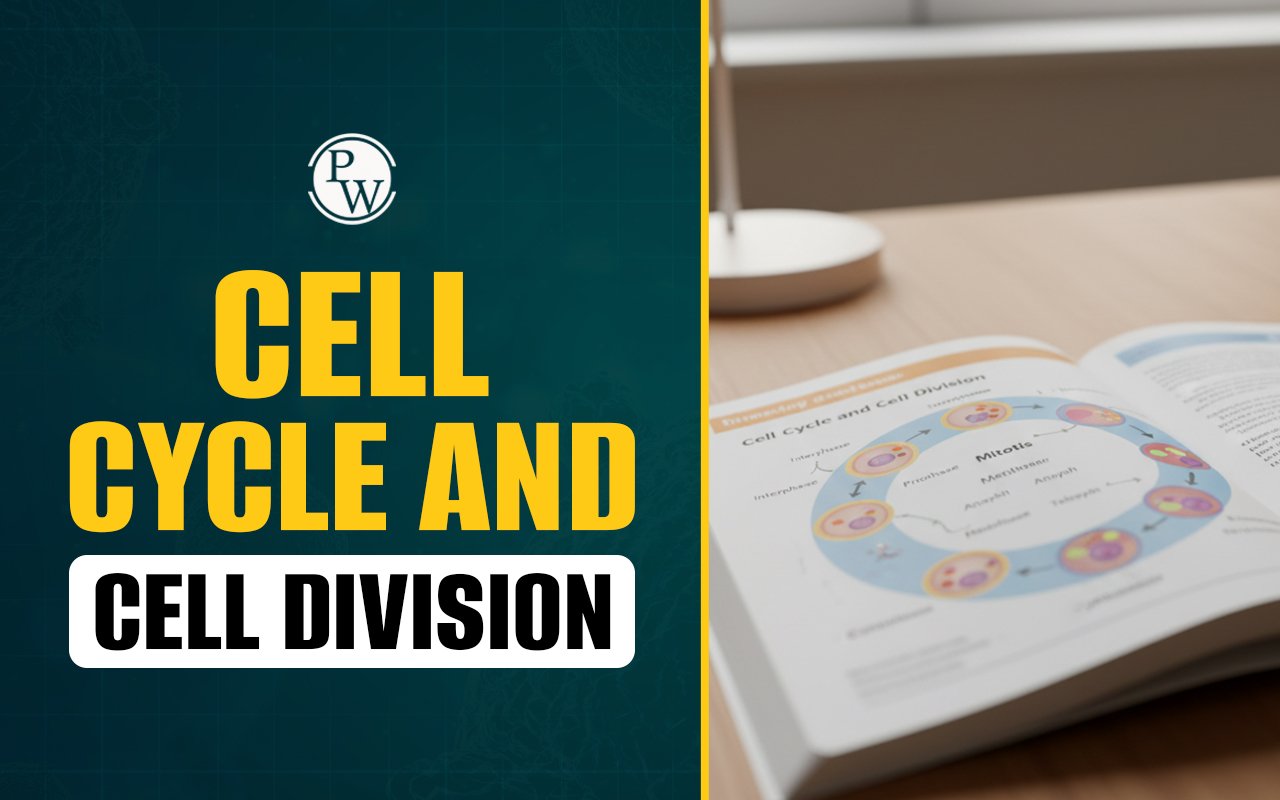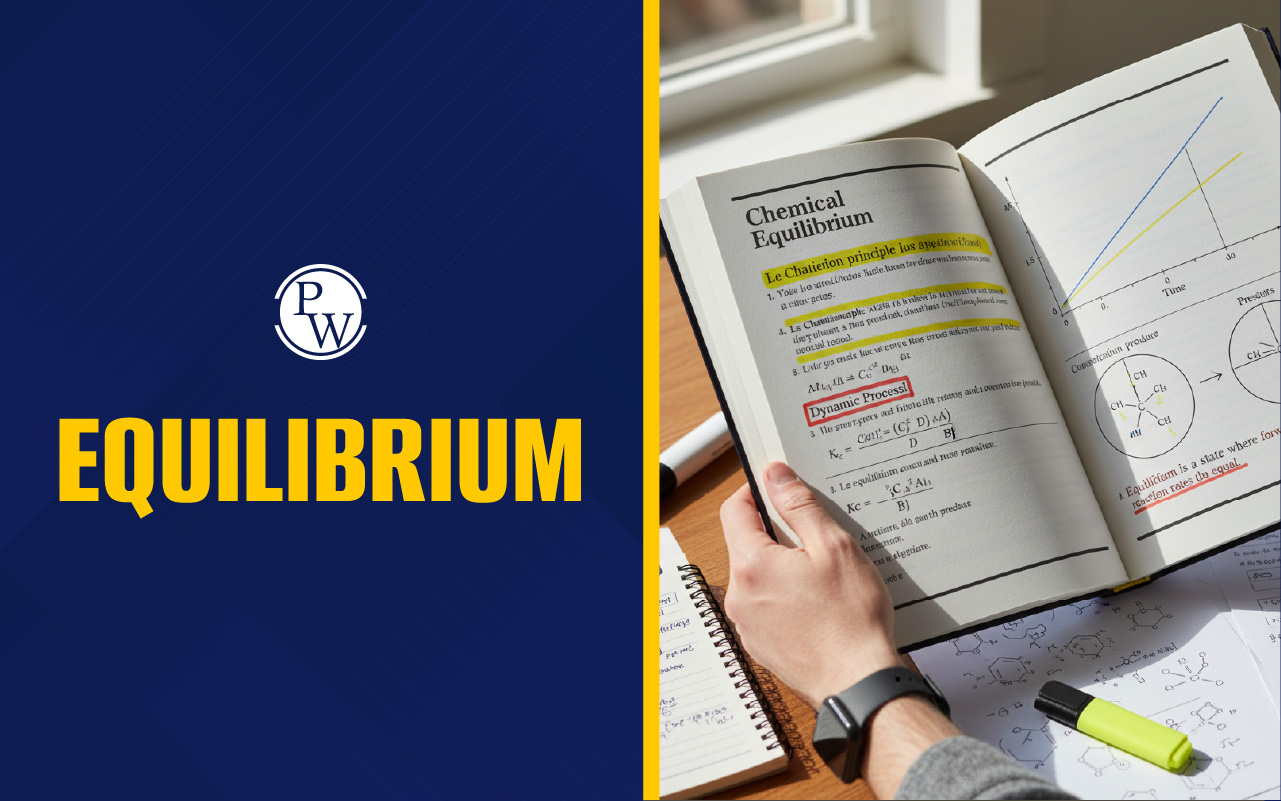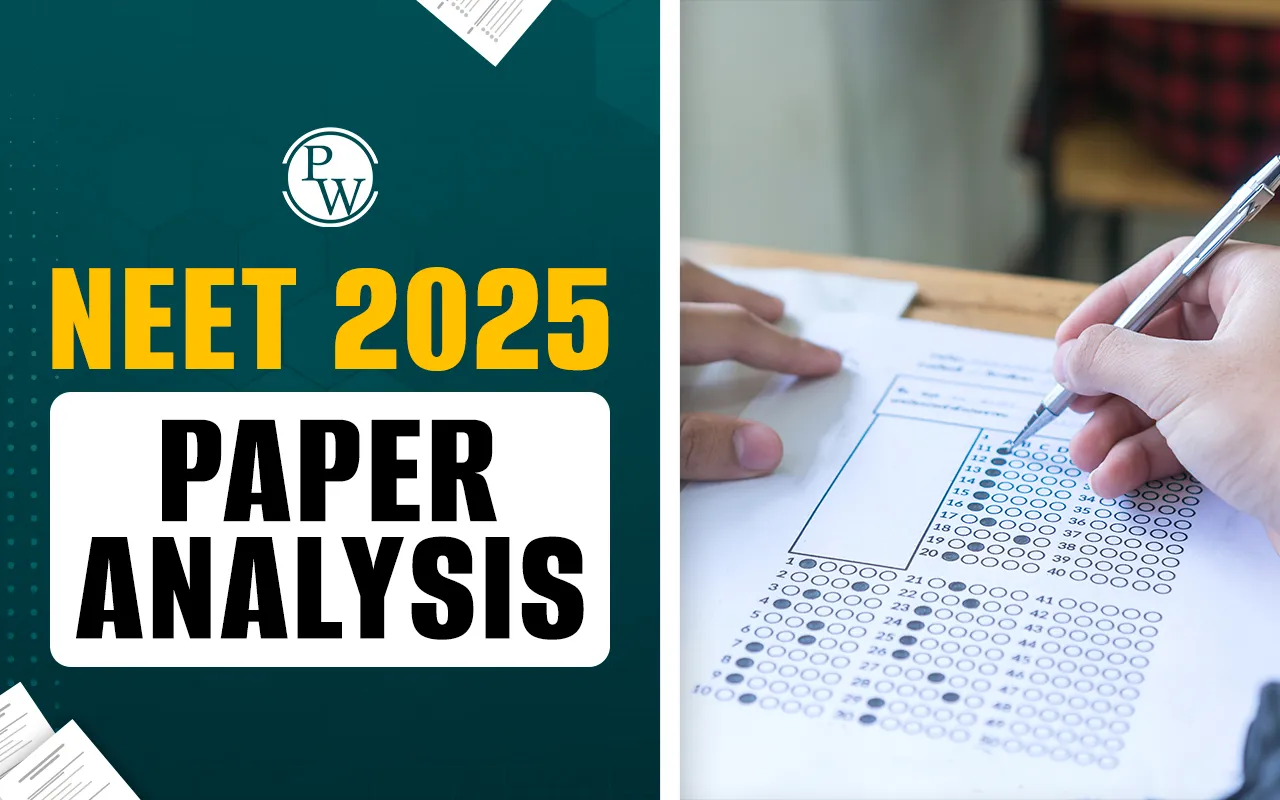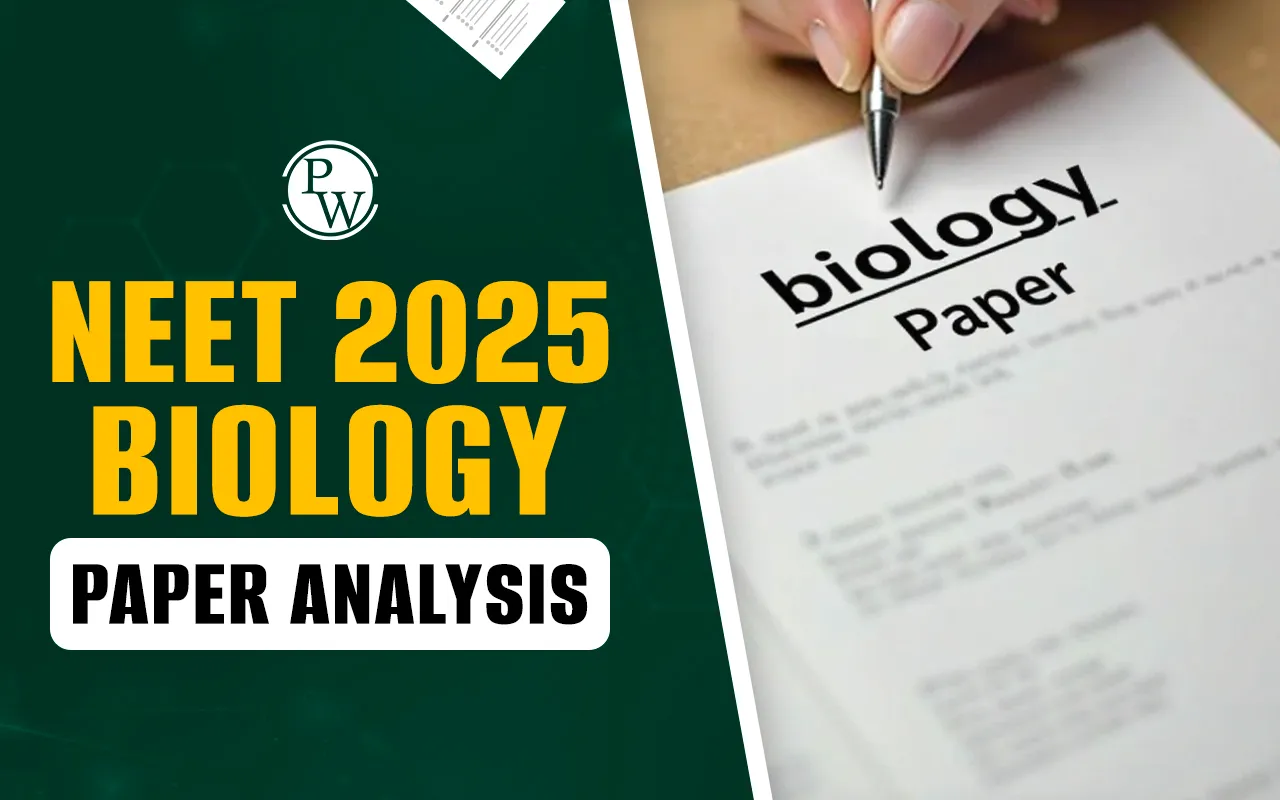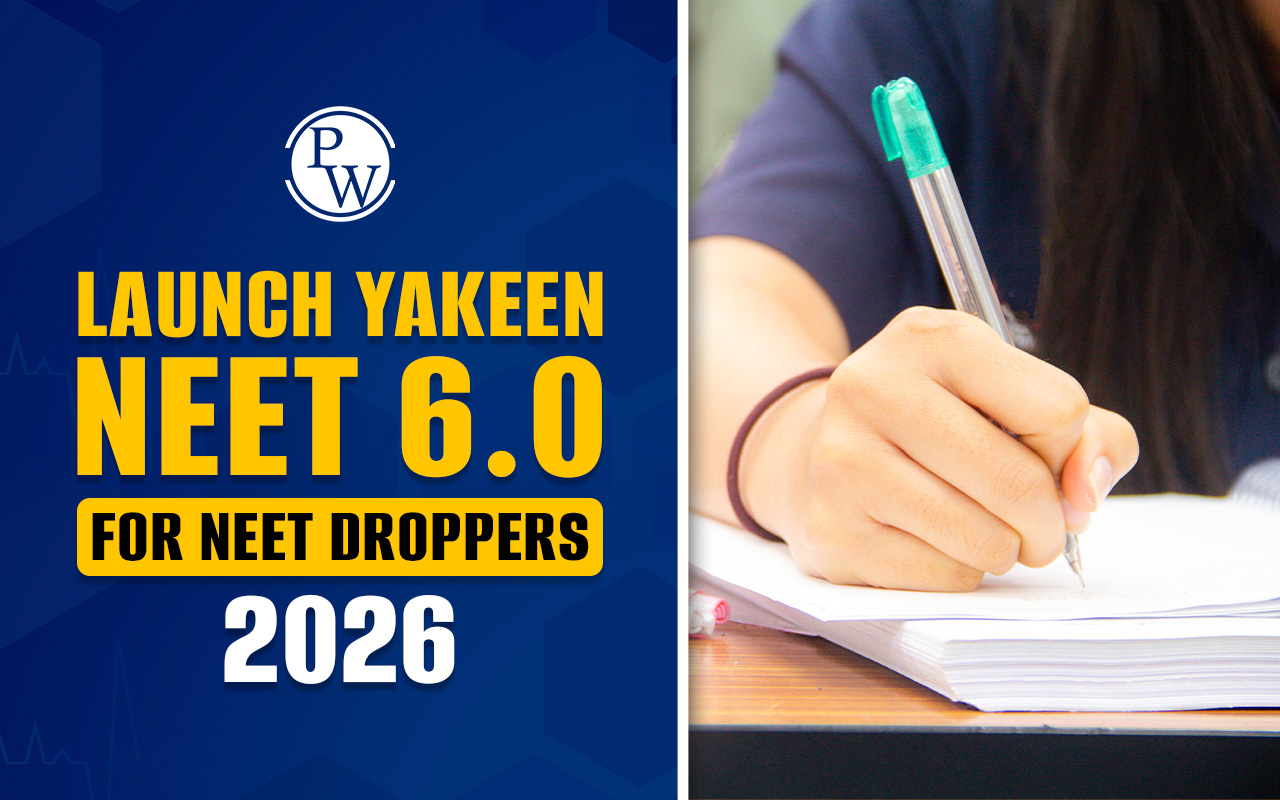
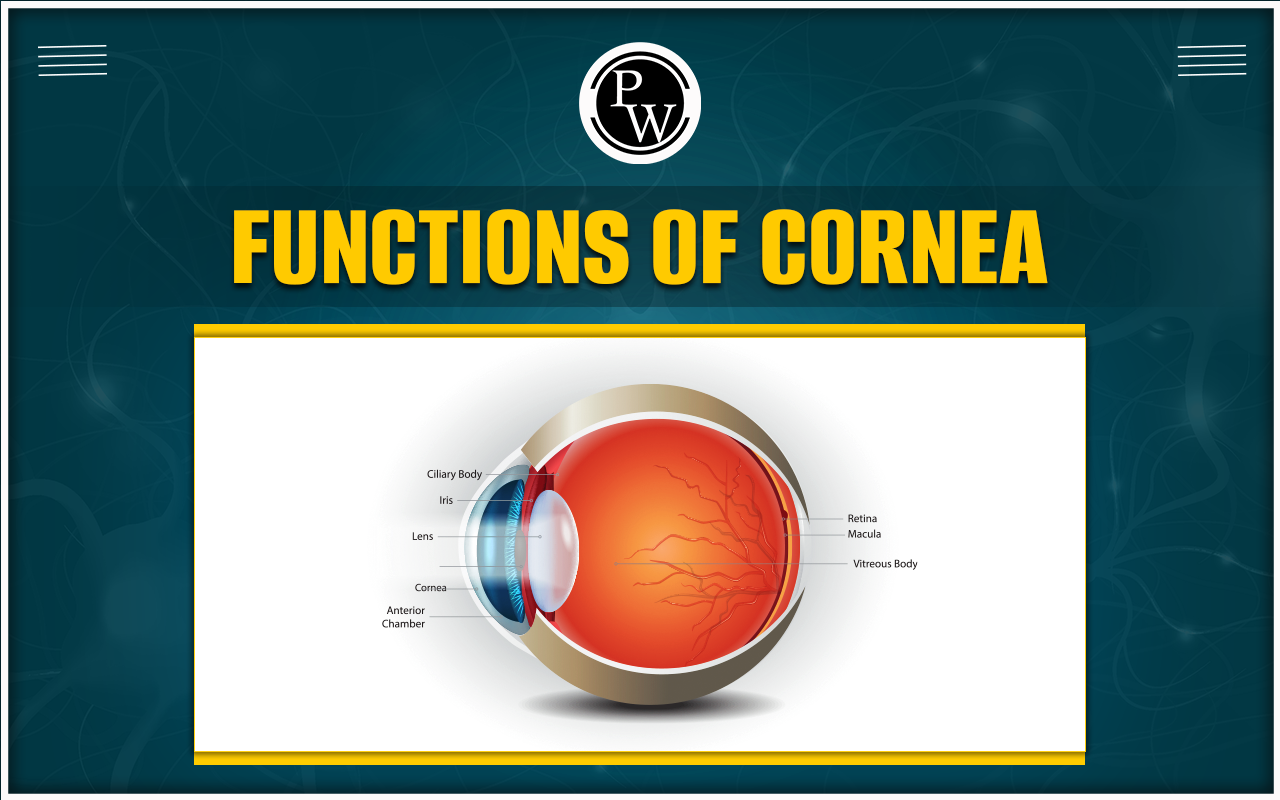
Functions of Cornea: The human eyes are the most complex sense organs in the body. Each component, from muscles and tissues to nerves and blood vessels, has a specific function. The cornea, the outermost part of the eye, is transparent and plays a crucial role in bending and refracting light. It covers the pupil, iris, and anterior chamber. The corneal epithelium allows tears to flow across the cornea, keeping it moist and contributing to clear vision. NEET biology notes with details on the functions of cornea, structure, and composition are provided in the article below.
What is Cornea?
The cornea is the outermost, translucent layer of the eye, located at its anterior segment. It covers the eye's small aperture, including the pupil, the visible pigmented area, and the iris. The cornea's primary function is to refract incoming light, contributing significantly to the eye's focusing capability and optical power.
Composed of proteins and cells, the cornea is unique among human tissues in that it lacks blood vessels. The presence of blood vessels would obscure the cornea, hindering its ability to properly refract light and consequently impairing vision.
Due to the absence of blood vessels, the cornea relies on the aqueous humor—a watery fluid in the anterior chamber—and tears to supply necessary nutrients.
Sexual Reproduction in Flowering Plants
Cornea Structure and Composition
The cornea is a transparent, dome-shaped structure forming the anterior part of the eye. It serves as a protective barrier for the inner ocular components and plays a critical role in focusing light. Uniquely, unlike most bodily tissues, the cornea is devoid of blood vessels. This analysis will delve into its structure and composition:
Structure of Cornea
The cornea comprises five distinct layers, each fulfilling a specific function:
- Epithelium: The outermost layer, consisting of several layers of tightly packed epithelial cells, acts as a barrier against dust, debris, and pathogens.
- Bowman's Layer (Anterior Limiting Lamina): This thin, transparent layer beneath the epithelium provides additional strength and protection. It is notable for its inability to regenerate once damaged.
- Stroma: The thickest layer, accounting for approximately 90% of the cornea's thickness, is composed of a highly organized network of collagen fibrils. This precise arrangement is crucial for maintaining corneal transparency. The stroma also contains keratocytes, cells essential for corneal health and clarity.
- Descemet's Membrane (Posterior Limiting Lamina): A thin, resilient basement membrane separating the stroma from the endothelium, this layer acts as a barrier against infections and helps maintain the cornea's shape.
- Endothelium: The innermost layer consists of a single layer of flat cells responsible for pumping fluids out of the cornea, thus maintaining its transparency. The endothelium has limited regenerative capability, and damage to this layer can result in corneal swelling and visual impairment.
Structural Organisation in Animals
Composition of Cornea
Cornea is predominantly composed of water (approximately 78%) and collagen (approximately 16%). Collagen, a robust protein fiber, imparts strength and shape to the cornea. The specific arrangement of collagen fibrils in the stroma is vital for the cornea's transparency. Additionally, the cornea contains keratocytes, which support corneal health, and various electrolytes and nutrients essential for proper corneal function.
The avascular nature of the cornea (absence of blood vessels) is crucial for its transparency, as blood vessels can scatter light, diminishing visual clarity. The cornea obtains oxygen and nutrients from tears and the aqueous humor, the fluid filling the anterior chamber of the eye.
Functions of Cornea
The cornea is a transparent, dome-shaped structure located at the front of the eye. It is essential for clear vision and plays an important role in safeguarding the eye against injuries and infections. The following are the functions of Cornea:
- Protection : The cornea serves as the outermost layer of the eye, functioning as a barrier against dust, debris, and other foreign objects that could harm the delicate inner structures of the eye. Additionally, the cornea's tear film helps trap and wash away irritants.
- Refraction : As the primary refractive surface of the eye, the cornea accounts for approximately two-thirds of the eye's total refractive power. It bends light rays entering the eye, focusing them onto the retina for clear vision. The curvature of the cornea is critical for this process.
- Transparency : The cornea's transparency allows light to pass through it unobstructed, reaching the retina. This transparency is vital for vision as it enables the formation of clear images. The cornea maintains its transparency through the precise arrangement of its collagen fibers and the absence of blood vessels.
- Maintenance of Corneal Shape : The cornea retains its dome-shaped form due to a delicate balance between the tear film on its outer surface and the pressure of the aqueous humor within the eye. This shape is essential for the proper refraction of light.
- Wound Healing : The cornea can heal from minor injuries, such as scratches from contact lenses or tree branches. The epithelium, the outermost layer of the cornea, constantly regenerates, aiding in the repair of minor damage. However, deeper injuries may result in scarring, leading to vision problems.
In addition to these functions of cornea, the cornea also contributes to the overall health of the eye by:
- Serving as a barrier to infection : The tight junctions between the cells of the corneal epithelium help prevent bacteria and viruses from entering the eye.
- Contributing to tear stability : The corneal epithelium helps produce and maintain the tear film, which is essential for lubricating the eye and removing debris.
Overall, the cornea is a complex and vital structure that plays a critical role in vision and eye health.
Cornea Damage and Disorders
The following are some of the most common types of corneal damage and disorders:
- Corneal Abrasion: This is a scratch on the cornea's surface, often caused by contact with a fingernail, dirt, or other foreign objects. Symptoms include pain, blurred vision, and light sensitivity. Most corneal abrasions heal on their own within a day or two.
- Corneal Ulcer: This is an open sore on the cornea, typically caused by bacterial, viral, fungal, or parasitic infections. Symptoms include pain, severe redness, blurred vision, and light sensitivity. If not treated promptly, corneal ulcers can damage the cornea and result in vision loss.
- Keratitis: This refers to inflammation of the cornea, which infections, injuries, or other conditions can cause. Symptoms include pain, blurred vision, redness, and light sensitivity. The treatment for keratitis depends on its underlying cause.
- Corneal Dystrophy: This group of inherited conditions affects the cornea, with symptoms varying based on the specific type. Common symptoms include blurred vision, corneal cloudiness, and pain. While there is no cure for corneal dystrophy, treatment can help manage the symptoms.
- Keratoconus: This condition causes the cornea to thin and bulge outward, leading to severe vision problems. It is typically diagnosed in the teenage years or early adulthood. Although there is no cure for keratoconus, treatment can help slow its progression and improve vision.
PW offers the best and reasonably priced NEET coaching for class 11 in India, featuring high-quality lectures, study materials, expert faculty, and effective doubt-clearing methods. Enroll now for live online classes and comprehensive preparation.
| NEET Exam Important Links | |
|---|---|
| NEET Syllabus | NEET Biology Diagrams |
| NEET Biology MCQ | NEET Biology Chapter wise Weightage |
| NEET Biology Notes | NEET Previous Year Question papers |
Functions of Cornea FAQs
What is the function of the cornea?
What are the main functions of the lens and cornea?
What is the refractive power of the cornea?
What happens if the cornea is damaged?
What can weaken the cornea?

